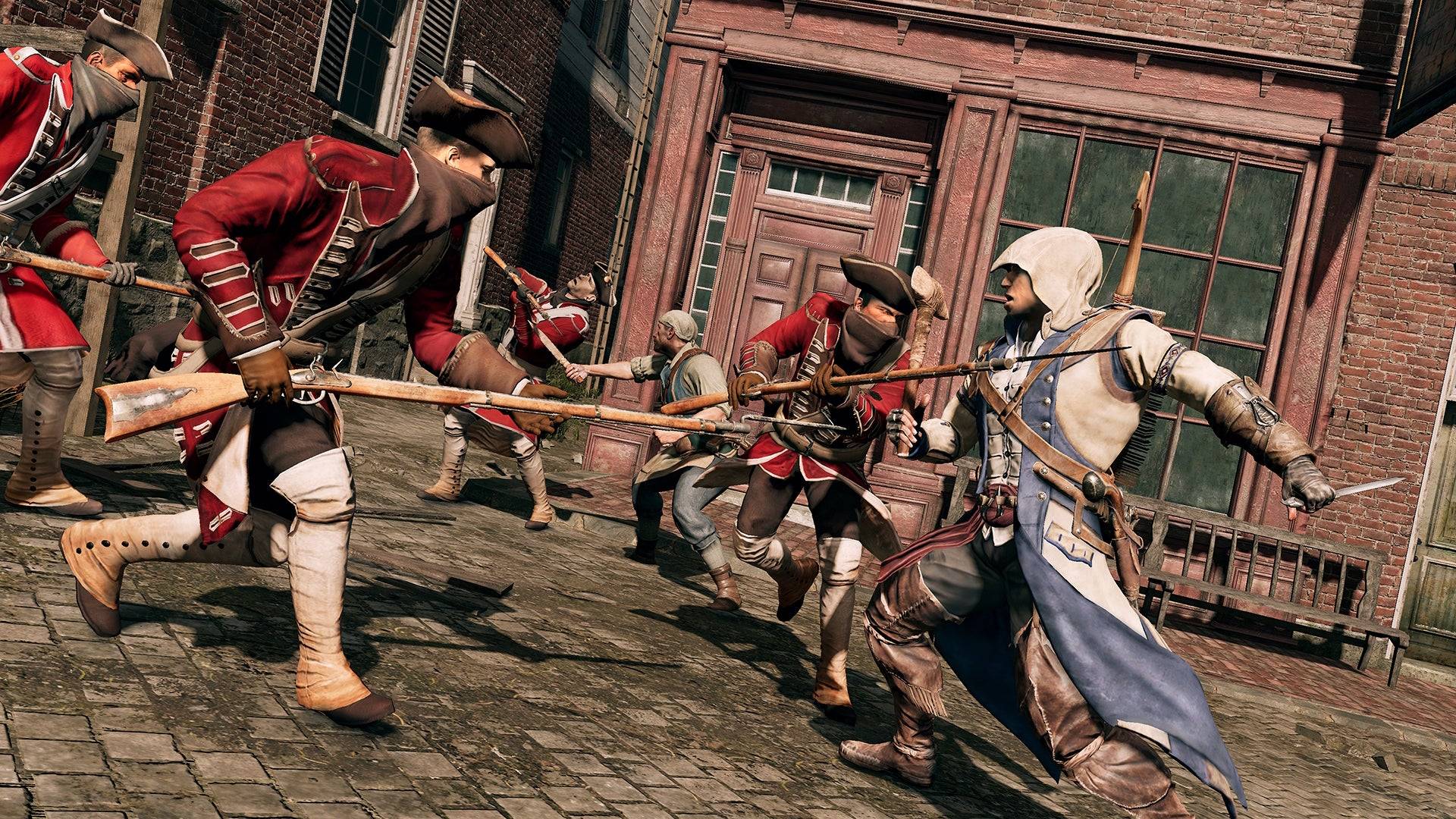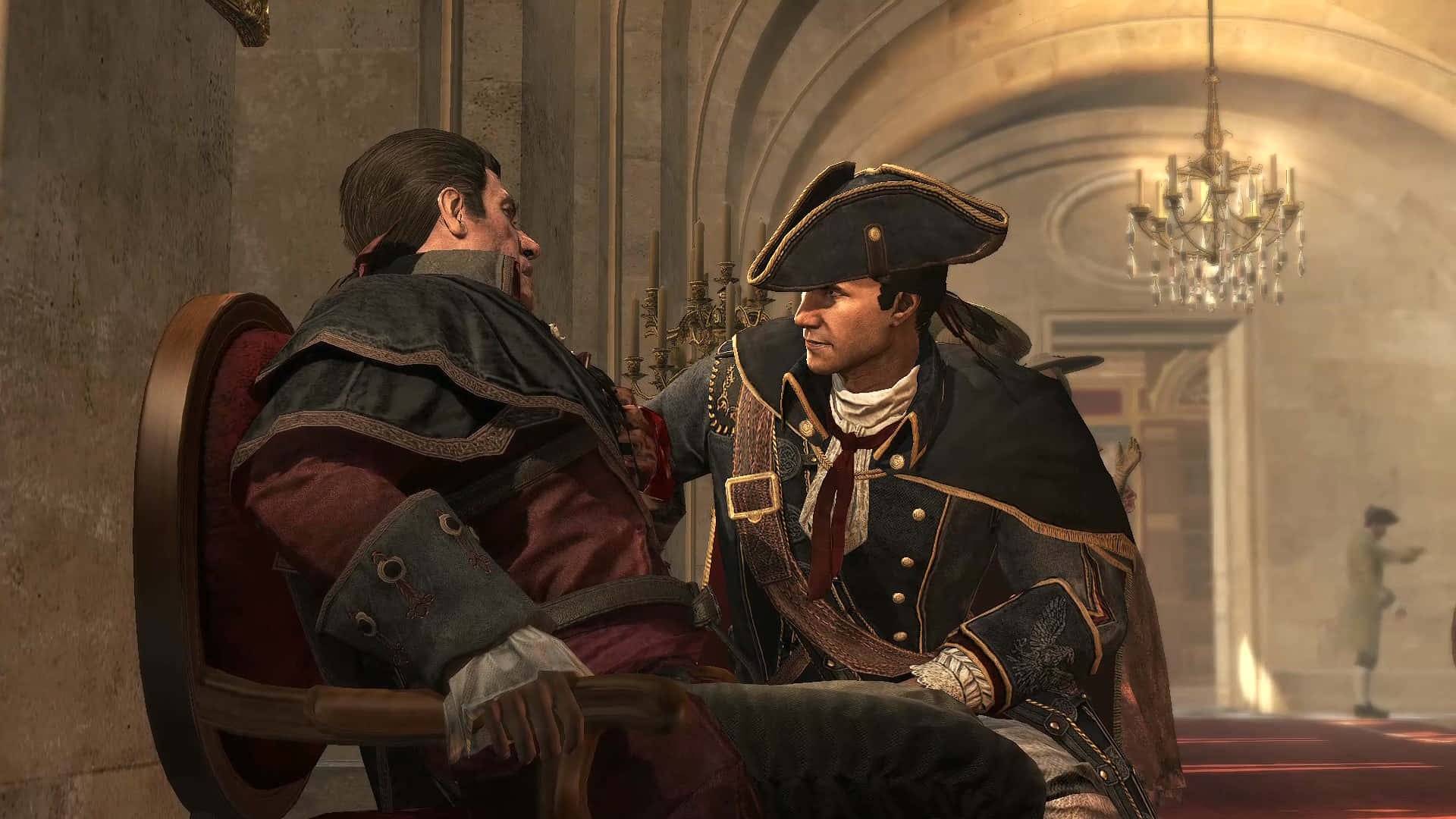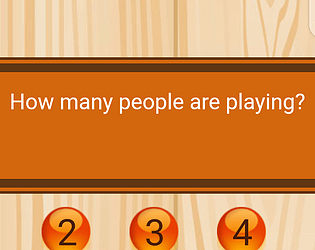One of the most unforgettable moments in the entire Assassin’s Creed series occurs early in Assassin’s Creed 3, when Haytham Kenway concludes his recruitment of a band of assassins in the New World. Or so the player is initially led to believe. Haytham, equipped with a hidden blade and displaying the same charisma as the iconic Ezio Auditore, has until this point in the campaign portrayed a heroic figure, freeing Native Americans from imprisonment and confronting arrogant British redcoats. It's only when he utters the telling phrase, "May the Father of Understanding guide us," that it dawns on us we've been following not assassins, but our sworn enemies, the Templars.
This surprising twist exemplifies the pinnacle of Assassin’s Creed’s narrative potential. The inaugural game introduced a captivating concept—hunting, understanding, and eliminating targets—but stumbled in its storytelling, with both protagonist Altaïr and his targets lacking depth. Assassin’s Creed 2 made strides by introducing the more memorable Ezio, yet it failed to enrich his adversaries, as evidenced by the underdeveloped Cesare Borgia in the spinoff Assassin’s Creed: Brotherhood. It wasn't until Assassin’s Creed 3, set against the backdrop of the American Revolution, that Ubisoft fully fleshed out both the pursued and the pursuer. This approach fostered a seamless narrative flow from setup to climax, striking a delicate balance between gameplay and storytelling that hasn't been matched since.

Although the current RPG-centric era of Assassin’s Creed has been generally well-received, a significant portion of the community believes the series is declining. Debates swirl around the increasingly fantastical premises, such as battling mythical figures like Anubis and Fenrir, or the inclusion of diverse romance options and historical figures like the African samurai Yasuke in Assassin’s Creed Shadows. However, I contend that the real issue lies in the series' drift away from character-driven narratives, now overshadowed by expansive sandbox elements.
Over the years, Assassin’s Creed has expanded its original action-adventure framework with RPG and live service elements, including dialogue trees, XP-based leveling, loot boxes, microtransactions, and gear customization. Yet, as these installments have grown larger, they've begun to feel hollow, not just due to repetitive side missions but also in their storytelling. While games like Assassin’s Creed Odyssey offer more content than Assassin’s Creed 2, much of it comes across as wooden and underdeveloped. Theoretically, player choice in dialogue and actions should enhance immersion, but in reality, it often results in scripts that lack the polish of more focused narratives. The tightly scripted, screenplay-like stories of the earlier action-adventure games allowed for deeply defined characters, unstretched by the demands of accommodating multiple player choices.
As a result, while Assassin’s Creed Odyssey technically boasts more content than Assassin’s Creed 2, it often feels less engaging. This dilutes the immersion, making it evident that you're interacting with computer-generated characters rather than complex historical figures. This is a stark contrast to the Xbox 360/PS3 era, which, in my view, delivered some of the best writing in gaming, from Ezio’s passionate “Do not follow me, or anyone else!” speech after defeating Savonarola, to Haytham’s poignant final words to his son, Connor:
“Don't think I have any intention of caressing your cheek and saying I was wrong. I will not weep and wonder what might have been. I'm sure you understand. Still, I'm proud of you in a way. You have shown great conviction. Strength. Courage. All noble qualities. I should have killed you long ago.”

The narrative quality has also deteriorated in other aspects. Where modern games tend to oversimplify the conflict as Assassins = good and Templars = bad, earlier titles explored the nuanced divide between the two factions. In Assassin’s Creed 3, each fallen Templar challenges Connor—and by extension, the player—to question their beliefs. William Johnson suggests the Templars could have prevented the Native American genocide. Thomas Hickey dismisses the Assassins’ ideals as unrealistic, while Benjamin Church frames everything as a matter of perspective, arguing that the British saw themselves as victims. Haytham attempts to undermine Connor's faith in George Washington, predicting a future American despotism—a claim that gains credibility when it's revealed that Washington, not Charles Lee, ordered the burning of Connor’s village. By the end, the game leaves players with more questions than answers, strengthening its narrative.
AnswerSee ResultsReflecting on Assassin’s Creed's rich history, it's clear why one particular track from Jesper Kyd's Assassin’s Creed 2 score, “Ezio’s Family,” struck a chord and became the series’ official theme. The PS3-era games, especially Assassin’s Creed 2 and Assassin’s Creed 3, were fundamentally character-driven. The melancholic guitar strings of “Ezio’s Family” were intended not to evoke the game’s Renaissance setting but rather Ezio’s personal grief over losing his family. While I appreciate the expansive worldbuilding and graphical enhancements of the latest Assassin’s Creed titles, my hope is that the franchise might one day return to crafting the intimate, character-centric stories that first captivated me. Unfortunately, in a market driven by vast open worlds and live service ambitions, such a return might not align with "good business" anymore.








